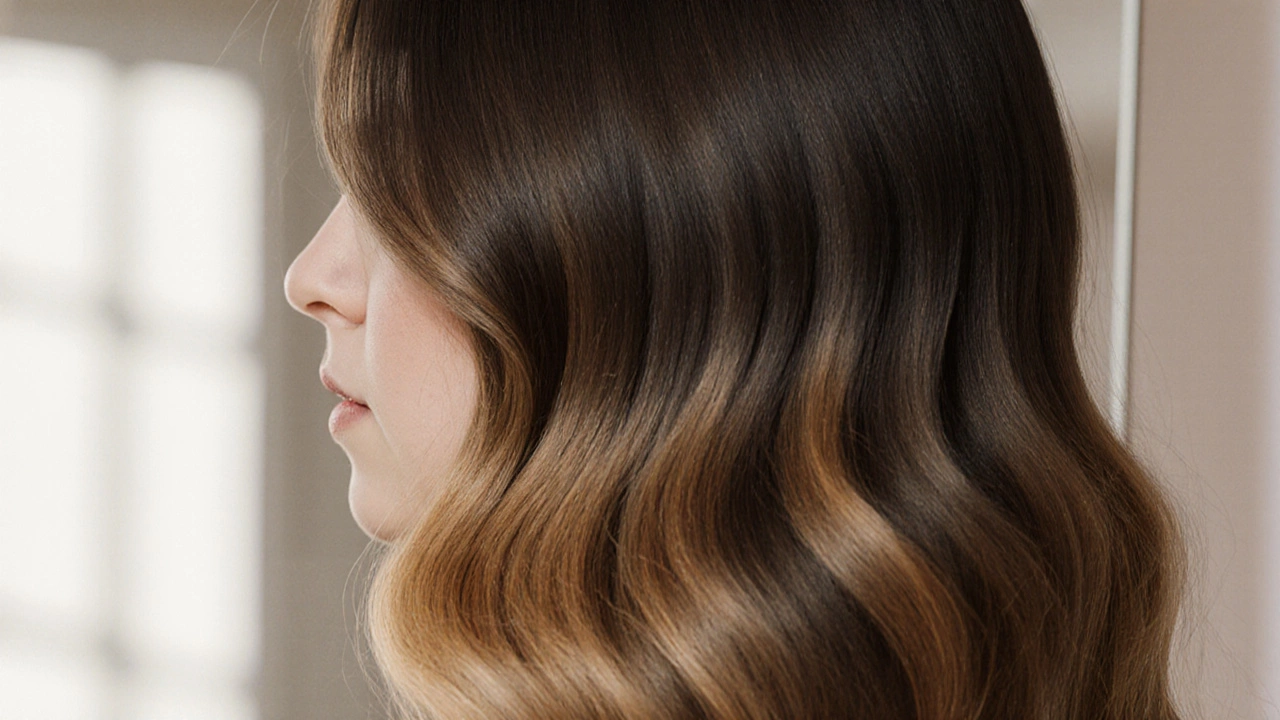Hair Extensions Damage: Signs, Causes, and How to Protect Your Hair
When you get hair extensions, add-on hair strands attached to your natural hair for length, volume, or style. Also known as hair weaves, they can transform your look—but only if they’re installed and cared for right. Too many people skip the basics and end up with thinning edges, broken strands, or even permanent hair loss. It’s not the extensions themselves that cause damage—it’s how they’re applied, maintained, and removed.
Common scalp damage, inflammation, itching, or follicle stress caused by tension or harsh products happens when extensions are glued or sewn too tight. The weight pulls on your roots every day, and over time, that constant tension weakens hair follicles. That’s called traction alopecia. It doesn’t show up overnight. It creeps in slowly—maybe you notice more shedding when you wash your hair, or your part looks wider than it used to. And if you leave extensions in for months without a break, your natural hair doesn’t get a chance to recover.
Then there’s the hair extension removal, the process of safely taking off extensions without pulling out your own hair. A lot of damage happens here. People try to yank out glue or clip-ins themselves. They use the wrong solvents. They don’t condition their hair afterward. That’s like pulling off a bandage without moisturizing the skin first. You end up with brittle, tangled strands that break easily. Even high-quality extensions can ruin your hair if the removal isn’t done right.
What you won’t see in ads: the salon that skips a pre-installation scalp check, the stylist who uses the same bonds on fine and thick hair, or the client who sleeps in extensions three nights a week. Real damage comes from habits, not just products. The good news? Most of it’s preventable. You don’t need to give up extensions. You just need to know what to watch for—and what to ask your stylist.
Below, you’ll find real posts that break down exactly how damage happens, which brands and methods are safest, and how to fix your hair after too much stress. No fluff. Just clear facts from people who’ve been there.
Do Hair Extensions Damage Your Hair? Risks, Types & Care Tips
Find out if hair extensions damage your hair, learn which types are safest, and get essential care tips to protect your natural locks.
